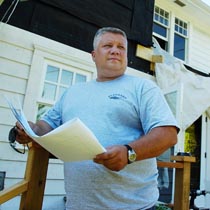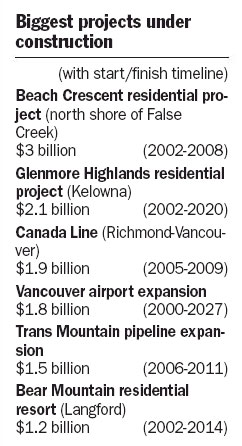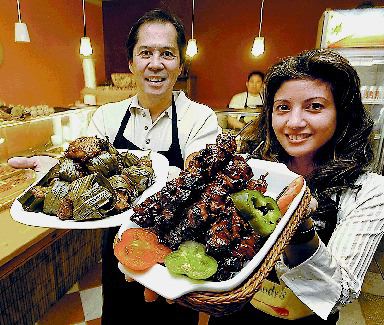Sun
1. Cyber Snipa Warboard, $70 US
A gaming keyboard for the serious warrior, the Warboard comes from Australia‘s gaming product maker, Cyber Snipa. It has intelligent macro programmable keys that let gamers set them as hotkeys for any combination or sequence of keystrokes, mouse movements and mouse clicks. That means hitting a single key can produce repetitive actions accurately and much more efficiently than a gamer could carry them out by hitting a combination of keys and mouse clicks. There are 10 macro keys but they each can handle two profiles, extending the number of assignable macro keys to 20. It has a full set of 17 replaceable combat keys, with symbols such as knives, pistols and submachineguns — giving the Warboard a certain cachet at gaming parties. Online at www.cybersnipa.com and through North American retailers listed on the site.
2. Upek Eikon Digital Privacy Manager, $40 US
We realize home computing may not have the same security imperatives as say, the airport, but keeping all those passwords in mind is more than we care to manage. So biometric authentication technology is the answer for the memory overload; and thanks to Upek, you can add a USB fingerprint reader with the same Protector Suite QLT software that is on millions of notebook PCs to your home computer. The software that comes bundled with it works with Windows Vista, XP Home and Professional, 2003 and 2000 operating systems. Available at www.upek.com/eikon.
3. SmartShopper, $150 US
By the time you get out the door to run errands or buy groceries, you have forgotten half the items on your list, or you lose it. The SmartShopper does away with those scraps of paper and replaces them with state-of-the-art voice recognition technology that notes every grocery item or errand you want to record. It even categorizes them for quick reference when you’re shopping. Press print as you head out the door and the list — complete with the quantities you need — will be ready to go. A useful item for parents sending their kids out the door with a ready-made list. Available at www.smartshopperusa.com
4. Solio universal hybrid charger, $120 Cdn
Charge from the sun or from a wall socket, the Solio will store energy in its internal rechargeable battery and power all your gadgets from mobile phones to iPods to digital cameras to game players and GPS devices. One hour of sun produces enough power to run your iPod for an hour, and it will provide about 25 minutes of talk time on most mobile phones. A great source of emergency power when you’re away from the grid. And it comes with interchangeable power tips, so you can power multiple gadgets with a single charger. Available at www.solio.com.
© The Vancouver Sun 2007







